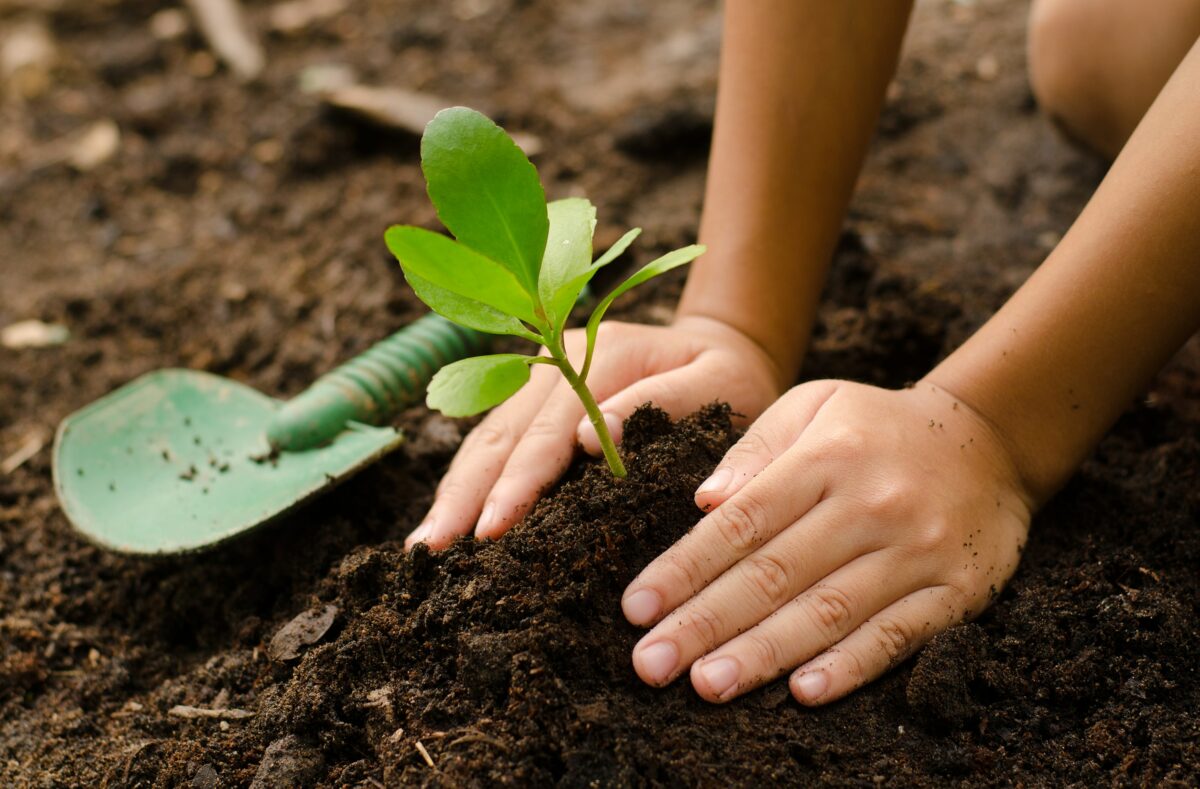Incentivize regenerative agriculture; Everyone deserves a second chance
Incentivizing the adoption of the regenerative agriculture approach is necessary to contribute to Action track 3 of the food systems, boosting nature-positive production (Bopp et al., 2019; Zeng et al., 2020). The regenerative agriculture approach aims at rehabilitating and conserving food systems and farming which is in line with the action track 3 of the UN food system (LaCanne & Lundgren, 2018; Rhodes, 2017). This can be applied where farmers are paid for restoring and sequestering carbon hence mitigating possible environmental impacts due to climate change risks.
Action track 3 aims at reducing pollution, Greenhouse gas (GHG) emissions, water use, biodiversity loss, and soil degradation by maximizing the use of environmental resources in the food value chain, that is, from production, processing, distribution to consumption.
Organic farming is a component of regenerative agriculture, therefore, the use of chemicals such as pesticides and synthetic fertilizers is not prohibited but safe and limited use of the same is advocated for. Precision farming such as timely planting reduces fertilizer use.
To achieve planetary equilibrium, there’s a need to survive while still thriving sustainably within the system. The natural ecosystem should be protected against further conversion and the degraded ones restored. According to Novotny (1999), agriculture accounts for more than 50% of freshwater withdrawal leading to biodiversity loss. This is accelerated by deforestation, freshwater biodiversity loss, degraded agricultural land, and GHG emissions.
What is produced is not equivalent to what is consumed owing to food loss and waste through the food systems’ value chain. Food loss and food waste should be minimized to reduce incidences of hunger and malnutrition.
Incorporation of approaches such as circular economy where ‘waste’ is repurposed and permaculture will help reduces GHG emissions hence soil quality preservation. Recycling farm waste as organic fertilizers at the farm level leads to improved yields by strengthening soil health.
Private and public landowners should both be on board as these are shared responsibilities. The role of policymakers and consumers should be redefined to build back better. Small scale and large-scale farmers are the environmental stewards and are at the forefront especially since they work with nature. Soil health is key, consequently, carbon content should be increased in the soil and soil degradation halted. However, increment in livelihood options and opportunities should be encouraged.
For innovation and adoption of regenerative agriculture to be successful, scientific knowledge needs to be informed by traditional knowledge to devise a transition path. Restoration approaches need to be tailor-made to fit the different production systems and be inclusive based on gender roles in the society. Both women and men should be equally involved in decision-making. Governments’ interventions to ensure accountability, transparency, and traceability is also paramount.
Institutions can nurture positive production by the provision of credit, technological innovations, and assistance. Documentation and data on what has worked and what has not should be availed to measure the success of an implementation strategy.
In conclusion, the food systems’ action tracks are interconnected hence the need to integrate them by identifying synergies and trade-offs associated with sustainability and productivity between them.
References
Bopp, C., Engler, A., Poortvliet, P. M., & Jara-Rojas, R. (2019). The role of farmers’ intrinsic motivation in the effectiveness of policy incentives to promote sustainable agricultural practices. J Environ Manage, 244, 320-327. doi:10.1016/j.jenvman.2019.04.107
LaCanne, C. E., & Lundgren, J. G. (2018). Regenerative agriculture: merging farming and natural resource conservation profitably. PeerJ, 6, e4428. doi:10.7717/peerj.4428
Novotny, V. (1999). Diffuse pollution from agriculture—a worldwide outlook. Water science and technology, 39(3), 1-13.
Rhodes, C. J. (2017). The imperative for regenerative agriculture. Sci Prog, 100(1), 80-129. doi:10.3184/003685017×14876775256165
Zeng, Y., Tian, Y., He, K., & Zhang, J. (2020). Environmental conscience, external incentives and social norms in rice farmers’ adoption of pro-environmental agricultural practices in rural Hubei province, China. Environ Technol, 41(19), 2518-2532. doi:10.1080/09593330.2019.1574907

